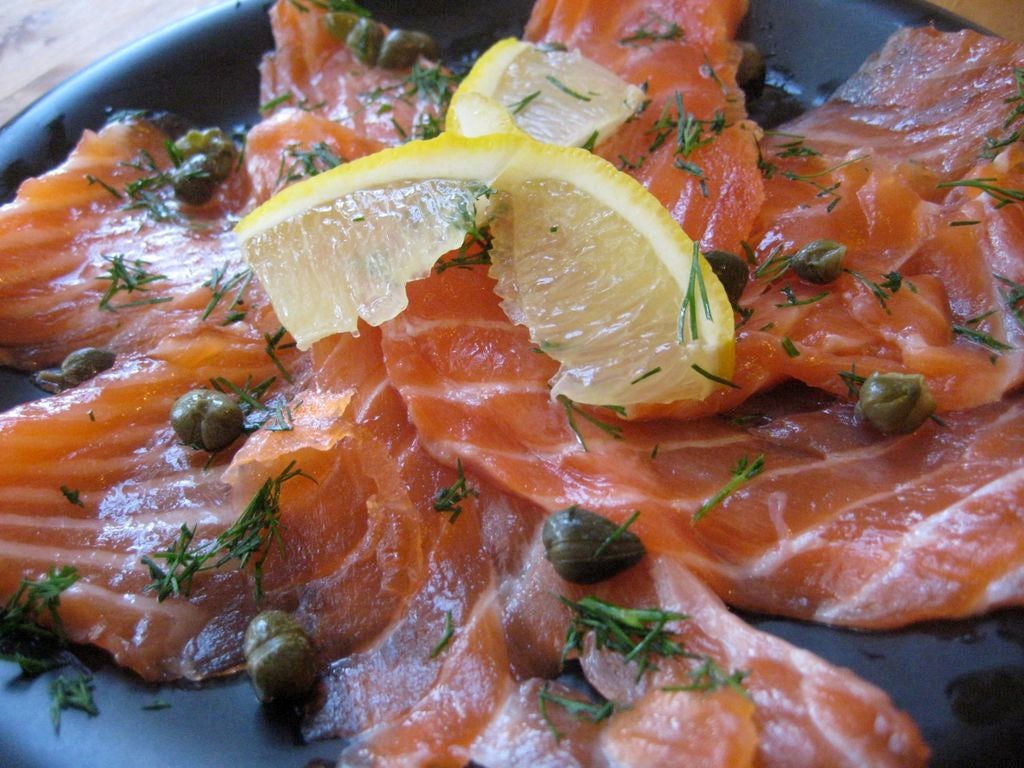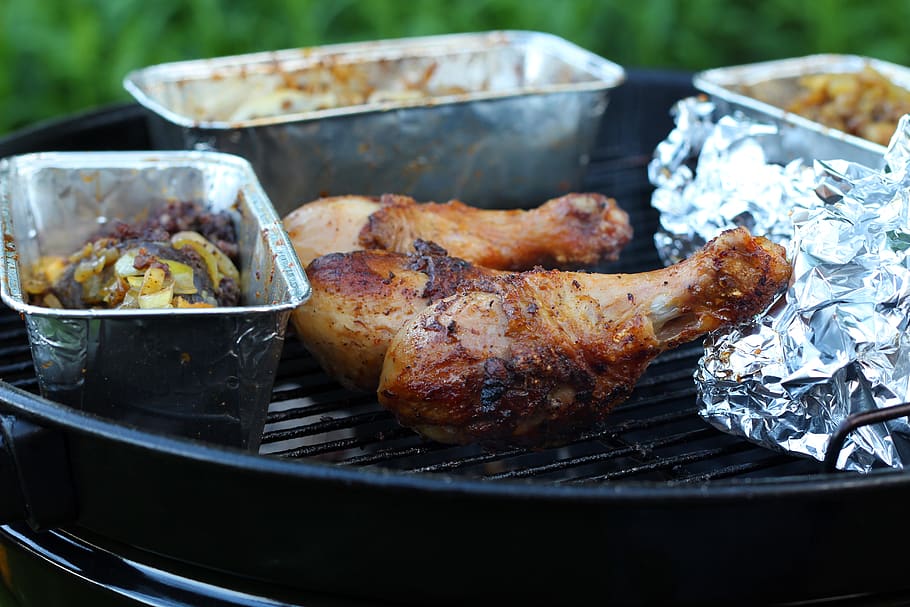How to Make Lox at Home: Differences Between Lox and Smoked salmon lox and Step-by-Step Guide to Homemade Lox

Lox is a rich, thinly-sliced, cured salmon lox hat is often enjoyed atop bagels and cream cheese. Cultures have salt-cured fish for thousands of years, but lox is considered a Jewish culinary treat that Eastern Europeans brought with them when they emigrated to the United States. It became a staple in delis across the country and is now found in most grocery stores
What Is Lox?
Lox is salmon lox which is preserved either by curing (removing water from food by adding salt) or brining (preserving fish or meat by placing it in a saltwater solution). Derived from “lachs” and “laks,” the German and Yiddish words for salmon, lox is most often served at breakfast and brunch
What Is the Difference Between Lox and Smoked Salmon?
Lox is the term used to describe salmon that goes through a curing process to preserve it. While some markets label smoked salmon as lox, they are prepared differently. Some people prefer true lox while others prefer the spin-offs that have a smoky flavor. Here are the four different types of preserved salmon that now are often labeled as “lox.”
Lox, in its truest form, is simply salmon preserved with salt. Traditional lox is belly lox, meaning it comes from the salty, fatty middle section of a salmon. Lox is prepared by covering the flesh of fresh fish with salt or brined in saltwater. It takes several days to make lox, which is thinly-sliced, translucent, and slightly salty with a mild fish taste
Smoked salmon is similar to lox in the initial preparation, but with the additional step of cooking the salmon by exposing it to smoke. Salmon is first preserved either through brining or curing. While lox traditionally uses the belly of a fish, smoked salmon can be from any part of the fish. The salmon is then either cold-smoked or hot-smoked. Cold-smoked salmon is placed in 70 F-smoker for the better part of a day and more closely resembles traditional lox. Hot-smoked salmon is placed at 145 F for eight hours, achieving a thicker, darker texture that loses its translucency, and is flakier in texture, like oven-cooked salmon fillets
Nova lox is a popular find when shopping for lox. It is wild salmon specifically from Nova Scotia that is cured or brined, then cold smoked. It is similar in its buttery taste and texture to traditional lox, but with a slightly smoky flavor
Gravlax is the Scandinavian preparation of lox. Literally translated, gravlax is “salmon from the grave,” which comes from the preparation method from the Middle Ages of salting the fish then burying it in the sand while it cured. Gravlax is very similar to traditional lox but with added flavors. It is cured with salt, sugar, dill, juniper berries, and, sometimes, aquavit, a Scandinavian alcohol distilled from potatoes
What Types of Salmon Are Used to Make Lox?
Any type of salmon can be used for lox.
Though many prefer the fatty body of the Atlantic salmon, Alaskan salmon species, like king salmon, are also popular for making lox.
With the depletion of wild-caught species from overfishing, farm-raised salmon is widely available from numerous international locations, like Chile and Norway.
Traditionally, Nova lox is strictly salmon from Nova Scotia but is now used to describe cured and cold-smoked salmon in general









